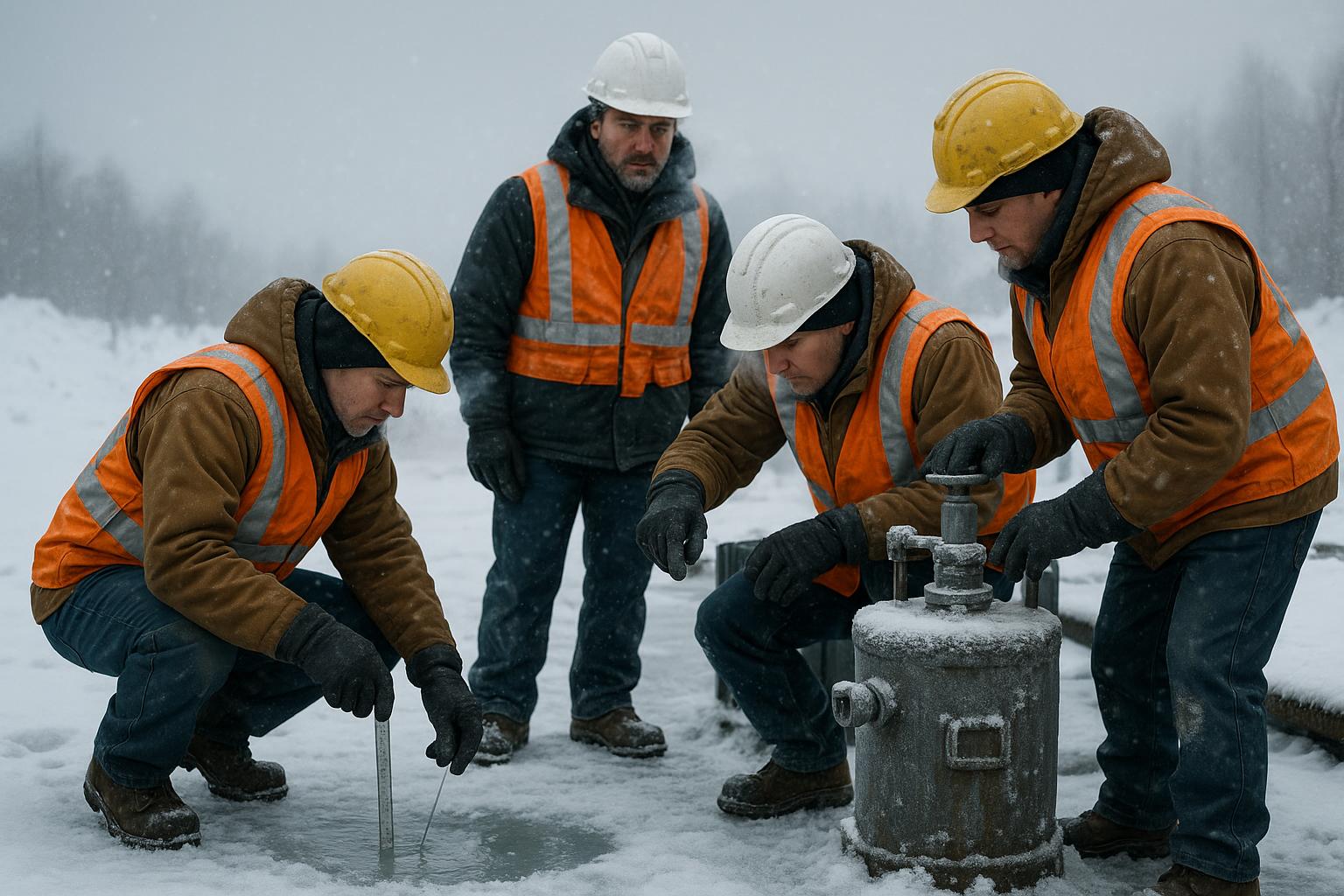In the dynamic and ever-evolving world of industrial work, particularly when it involves tasks performed at significant heights, safety has become a paramount concern. This narrative delves into the journey of integrating state-of-the-art technology and innovative methods to elevate workplace safety to new levels, specifically focusing on the challenges and triumphs of hazard detection for those working aloft.
List: Key Innovations in Hazard Detection Technology
- Advanced Sensor Technology:
- Motion Sensors: Track worker and equipment movement.
- Environmental Sensors: Monitor conditions like wind speed, temperature, and air quality.
- Impact: Provide early warnings and prevent potential accidents.
- AI and Machine Learning:
- Function: Analyze data from sensors to identify patterns and predict hazards.
- Benefit: Enable proactive risk management for enhanced worker safety.
- Drone Inspections:
- Usage: Equip drones with cameras and sensors for site surveys.
- Advantages: Offer comprehensive site analysis and reduce the need for manual inspections.
- Virtual Reality (VR) Training:
- Application: Simulate real-world scenarios for training purposes.
- Outcome: Prepare workers for emergency situations, enhancing skill and confidence.
- Wearable Technology:
- Types: Include smart helmets, sensor-embedded safety vests, and biometric monitors.
- Functionality: Deliver real-time health and environmental data for immediate response.
- Integrated Safety Management Systems:
- Role: Aggregate data from multiple sources for a holistic view of safety.
- Effect: Improve decision-making, communication, and emergency response.
- Collaboration with Regulatory Bodies:
- Purpose: Align with the latest safety regulations and guidelines.
- Impact: Foster an environment of continuous safety improvement.
- Sustainable Safety Solutions:
- Focus: Integrate eco-friendly technologies in hazard detection and prevention.
- Commitment: Balance worker safety with environmental responsibility.
- Continuous Innovation in Safety:
- Approach: Embrace new technologies and practices for ongoing improvement.
- Vision: Maintain worker safety as a top priority in an evolving landscape.
Narrative Conclusion: A Safer Future for Elevated Work
As we stand today, the landscape of safety for those working at heights is not just changing; it is being revolutionarily reshaped by these advancements in technology and practice. The commitment to enhancing workplace safety is stronger than ever, heralding a future where hazard detection and prevention are more effective, ensuring a safer working environment for all involved.



